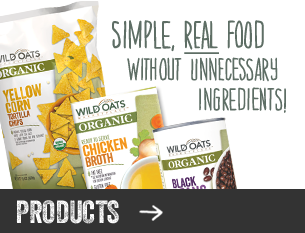During the hectic holiday season, I find it particularly important that my kitchen be organized, so I don’t pluck out all my hair out while trying to put together a fantastic home cooked meal for the most important people in life: my family and best friends.
I like to be set up for successful eating extravaganzas by having a “built” kitchen, not just during the holidays, but all year round.
What do I mean by “built”? A “built kitchen” is one where you have easy access to affordable, authentic, and nutritious foods.
Here are some tips to build a healthy kitchen environment in your home:
– Have an organized spice drawer, where all of the spices are visible in one glance. That way you can see right away what calorie-free seasonings you have to access to jazz up your dishes, instead of digging around in the dark back corners of your pantry for lost, forgotten jars of potentially valuable ingredients.
– FIFO: First in, first out. This is standard commercial kitchen terminology, however highly valuable to implement in your own food preparation space. The food rotation rule goes as follows: place new purchased food items, such as a new carton of milk, behind the older carton, so the older ones get used up first. This can save you money because the older food gets used up before the expiration date, which limits food (and money) waste. This method also prevents against food borne illness.
– Healthy pantry for healthy meal preparation. Check out fellow Wild Oats’ blogger, Linda Bonvie’s, healthy pantry series of the best tips and tricks for stocking your pantry successfully.
– Have non-alcoholic beverage options available, like sparkling water with a tad bit of unsweetened cranberry juice added. Not only is it polite to have something other than booze to offer to your guests, it may prevent you from getting so tipsy while you are cooking that you burn the bird and curse to high heaven! No need to scare the kids, folks, Halloween has come and gone.
Have an organized kitchen keeps you mentally, physically and emotionally happy and healthy during the holidays, and reduces stress and anxiety that can prevent you from experiencing all the joy you can give and receive this festive time of the year.
Happy holidays!


 Contact us
Contact us





